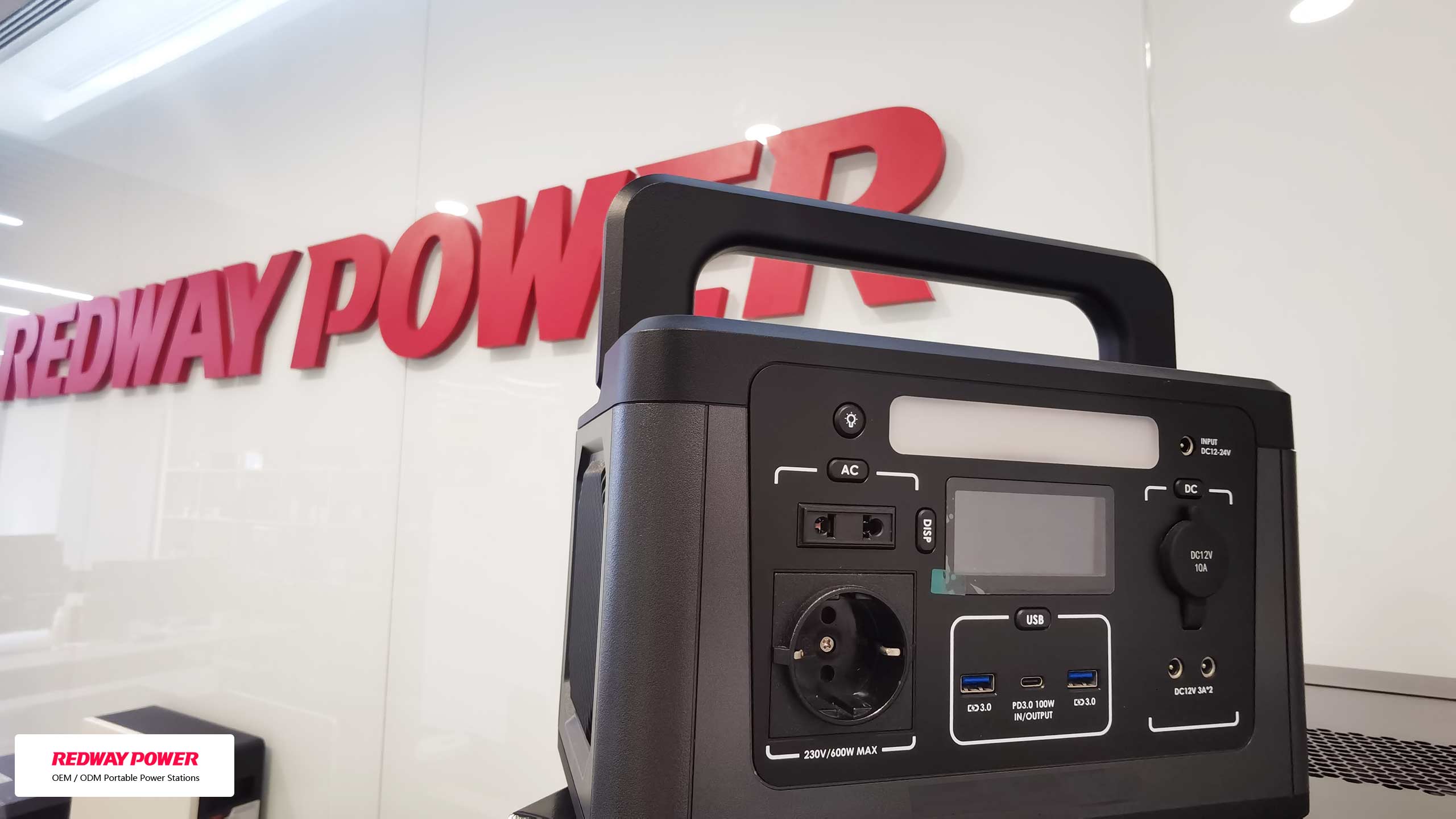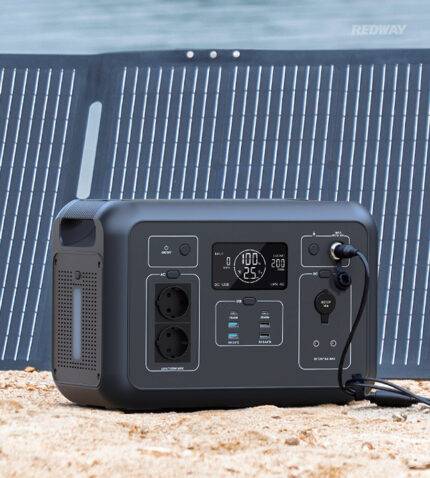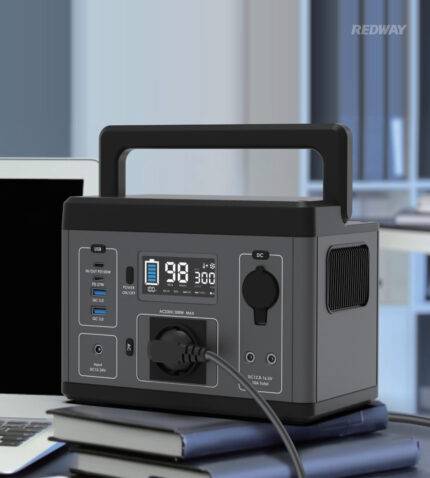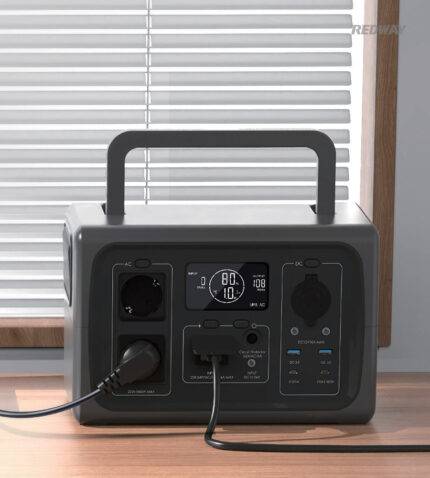- Forklift Lithium Battery
-
48V
- 48V 210Ah
- 48V 300Ah
- 48V 420Ah (949 x 349 x 569 mm)
- 48V 420Ah (950 x 421 x 450 mm)
- 48V 456Ah
- 48V 460Ah (830 x 630 x 590 mm)
- 48V 460Ah (950 x 421 x 450 mm)
- 48V 460Ah (800 x 630 x 600 mm)
- 48V 460Ah (820 x 660 x 470 mm)
- 48V 500Ah
- 48V 560Ah (810 x 630 x 600 mm)
- 48V 560Ah (950 x 592 x 450 mm)
- 48V 600Ah
- 48V 630Ah
-
48V
- Lithium Golf Cart Battery
- 12V Lithium Battery
12V 150Ah Lithium RV Battery
Bluetooth App | BCI Group 31
LiFePO4 Lithium
Discharge Temperature -20°C ~ 65°C
Fast Charger 14.6V 50A
Solar MPPT Charging - 24V Lithium Battery
- 36V Lithium Battery
- 48V Lithium Battery
-
48V LiFePO4 Battery
- 48V 50Ah
- 48V 50Ah (for Golf Carts)
- 48V 60Ah (8D)
- 48V 100Ah (8D)
- 48V 100Ah
- 48V 100Ah (Discharge 100A for Golf Carts)
- 48V 100Ah (Discharge 150A for Golf Carts)
- 48V 100Ah (Discharge 200A for Golf Carts)
- 48V 150Ah (for Golf Carts)
- 48V 160Ah (Discharge 100A for Golf Carts)
- 48V 160Ah (Discharge 160A for Golf Carts)
-
48V LiFePO4 Battery
- 60V Lithium Battery
-
60V LiFePO4 Battery
- 60V 20Ah
- 60V 30Ah
- 60V 50Ah
- 60V 50Ah (Small Size / Side Terminal)
- 60V 100Ah (for Electric Motocycle, Electric Scooter, LSV, AGV)
- 60V 100Ah (for Forklift, AGV, Electric Scooter, Sweeper)
- 60V 150Ah (E-Motocycle / E-Scooter / E-Tricycle / Tour LSV)
- 60V 200Ah (for Forklift, AGV, Electric Scooter, Sweeper)
-
60V LiFePO4 Battery
- 72V~96V Lithium Battery
- Rack-mounted Lithium Battery
- E-Bike Battery
- All-in-One Home-ESS
- Wall-mount Battery ESS
-
Home-ESS Lithium Battery PowerWall
- 24V 100Ah 2.4kWh PW24100-S PowerWall
- 48V 50Ah 2.4kWh PW4850-S PowerWall
- 48V 50Ah 2.56kWh PW5150-S PowerWall
- 48V 100Ah 5.12kWh PW51100-F PowerWall (IP65)
- 48V 100Ah 5.12kWh PW51100-S PowerWall
- 48V 100Ah 5.12kWh PW51100-H PowerWall
- 48V 200Ah 10kWh PW51200-H PowerWall
- 48V 300Ah 15kWh PW51300-H PowerWall
PowerWall 51.2V 100Ah LiFePO4 Lithium Battery
Highly popular in Asia and Eastern Europe.
CE Certification | Home-ESS -
Home-ESS Lithium Battery PowerWall
- Portable Power Stations
- Forklift Lithium Battery
- Lithium Golf Cart Battery
- Rack-mounted Lithium Battery
- 12V Lithium Battery
- 24V Lithium Battery
- 36V Lithium Battery
- 48V Lithium Battery
- 60V Lithium Battery
- 72V Lithium Battery
- 96V Lithium Battery
- 21700
- C&I ESS
- eBike Lithium Battery
- All-in-One Home ESS
- PowerWall HESS
- Car Starter Lithium Battery
- Portable Power Station
- Other
- Best Seller 2024
Redway Power, a distinguished leader in the manufacturing and wholesaling of 300W 500W 1000W 2000W 5000W 7000W 8000W 9000W Portable Power Stations. We provide OEM services for several major brands of portable power stations, these brands products are selling hot at Walmart and Costco, like SGR-PPS1200-3, SGR-PPS600-5, SGR-PPS2000-2, SGR-PPS5012, ps800, ps500, ps300, ps100c, ps1000, EB4, BS100, etc. delivers top-tier performance and reliability that sets new standards in power storage. With cutting-edge technology, Redway Power offers efficient and sustainable energy solutions tailored for a wide array of applications. For OEMs seeking high-quality lithium battery solutions for their Portable Power Stations, Redway Power is an excellent choice, ensuring a trusted partnership for your power needs.
Showing all 5 results
Portable Power Stations FAQs▾
Is Redway Power an OEM Factory for Portable Power Station?
Yes! Redway is a specialized OEM factory for portable power station lithium battery packs, with large facilities located in Dongguan and Huizhou, China.

What is a lithium battery Portable Power Station?
A lithium battery Portable Power Station is an off-grid power supply that recharges and powers electronic devices anywhere, anytime. It is a compact and lightweight device that uses lithium-ion batteries to store and provide power. Portable Power Stations are becoming increasingly important as the demand for flexible and portable power solutions grows. They can be charged using AC outlets, solar panels, or car chargers. With multiple output ports, easy-to-read displays, and advanced safety features, Portable Power Stations offer a reliable and convenient power source for various needs.
- Portable Power Station Functionality: A lithium battery Portable Power Station is an off-grid power supply that recharges and powers electronic devices anywhere, anytime.
- Lithium-Ion Battery Technology: These power stations use lithium-ion batteries to store and provide power. Lithium-ion batteries are known for their high energy density, long lifespan, and low self-discharge rate, making them ideal for Portable Power Stations.
- Charging Options: Portable Power Stations can be charged using AC outlets, solar panels, or car chargers, providing flexibility and convenience for users.
- Multiple Output Ports and Safety Features: Portable Power Stations are designed with multiple output ports to charge various devices simultaneously. They also feature easy-to-read displays and advanced safety features to ensure reliable and safe operation.
How do I charge a lithium battery Portable Power Station?
To charge a lithium battery Portable Power Station, you have several options. You can connect it to an AC outlet using the included charging cable, or utilize solar panels by connecting them to the solar input port. Another option is to use a car charger and connect the power station to the car’s cigarette lighter socket. The charging time will depend on the power station’s capacity and the chosen charging method. Choose the most convenient option for your needs and ensure your Portable Power Station is always ready to provide power.
- AC Outlet Charging: Connect the Portable Power Station to an AC outlet using the provided charging cable. This method offers convenience and faster charging times, making it ideal for home use or when an electrical outlet is readily available.
- Solar Panel Charging: Utilize solar panels to charge the Portable Power Station by connecting them to the solar input port. This method is eco-friendly and provides a renewable energy source. It is particularly useful in outdoor settings or areas with limited access to electrical outlets.
- Car Charger Charging: Charge the Portable Power Station using a car charger by connecting it to the car’s cigarette lighter socket. This method is convenient for on-the-go charging, especially during road trips or camping adventures.
- Considerations: The charging time will vary depending on the power station’s capacity and the chosen charging method. It is important to follow the manufacturer’s instructions for charging and avoid overcharging the battery. Regularly check the charging status and ensure proper storage and maintenance of the Portable Power Station.
What is the typical lifespan of a lithium battery in a Portable Power Station?
The typical lifespan of a lithium battery in a Portable Power Station can vary, but it is generally around 500 to 1000 charge cycles. Lithium-ion batteries, commonly used in Portable Power Stations, gradually lose their capacity over time as they undergo charging and discharging cycles. Factors such as usage frequency, charge and discharge rates, environmental conditions, and maintenance practices can also impact the lifespan. With proper care and moderate use, a Portable Power Station can last anywhere from 3 to 5 years on average.
- Lithium Battery Lifespan: The typical lifespan of a lithium battery in a Portable Power Station is around 500 to 1000 charge cycles. Lithium-ion batteries gradually lose their capacity over time as they undergo charging and discharging cycles.
- Factors Affecting Lifespan: The lifespan of a Portable Power Station’s battery can be influenced by factors such as usage frequency, charge and discharge rates, environmental conditions, quality of components, and maintenance practices.
- Care and Maintenance: Proper care and maintenance can help extend the lifespan of a Portable Power Station. This includes avoiding complete discharges, storing the power station in a cool and dry place, following manufacturer’s guidelines for charging and maintenance, and using the power station regularly to keep the battery in good condition.
Can I use a Portable Power Station for emergency backup power?
Yes, Portable Power Stations can be used as effective emergency backup power sources. In the event of a power outage, these battery-powered devices provide a reliable source of electricity. Unlike traditional gas or diesel generators, Portable Power Stations run on rechargeable batteries, making them quieter, cleaner, and safer for indoor use. With their multiple output ports, Portable Power Stations offer versatility in powering essential devices and appliances during emergencies. Whether it’s keeping your home lit, ensuring critical medical devices remain operational, or staying connected, Portable Power Stations provide a convenient and reliable backup power solution.
- Reliable Emergency Backup Power: Portable Power Stations can be used as effective emergency backup power sources, providing a reliable supply of electricity during power outages.
- Battery-Powered Operation: Unlike traditional gas or diesel generators, Portable Power Stations run on rechargeable batteries, offering a quieter, cleaner, and safer indoor power solution.
- Versatility in Powering Devices: With multiple output ports such as AC outlets, USB ports, and DC carports, Portable Power Stations offer flexibility in powering essential devices and appliances during emergencies.
- Peace of Mind: Having a Portable Power Station as part of your emergency preparedness kit ensures that you can keep your home lit, critical medical devices operational, and stay connected, even during unexpected power outages.
How should I store a Portable Power Station when not in use?
To store a Portable Power Station when not in use, follow these steps:
- Find a cool and dry location to prevent damage from heat and moisture.
- Maintain the battery at around 50-60% charge to prolong its lifespan.
- Clean and inspect the power station regularly to ensure proper functioning.
- Perform maintenance charging every 3-6 months to prevent the battery from draining to an unhealthy level.
By following these storage practices, you can ensure that your Portable Power Station remains in good condition and ready for use when needed.
Can I take a lithium battery Portable Power Station on an airplane?
Yes, you can bring a lithium battery Portable Power Station on an airplane, but there are specific guidelines to follow. Portable chargers or power banks should be packed in carry-on luggage and not in checked baggage. The capacity of the power station should not exceed 100 watt-hours (Wh) for most airlines. It is important to check with the specific airline for their regulations and any restrictions on the size and capacity of power banks. By adhering to these guidelines, you can safely and legally bring your Portable Power Station on an airplane.
- Packing in Carry-On: Portable Power Stations should be packed in carry-on luggage and not in checked baggage when traveling by airplane.
- Capacity Limit: The capacity of the Portable Power Station should not exceed 100 watt-hours (Wh) for most airlines. This ensures compliance with safety regulations.
- Check Airline Regulations: It is important to check with the specific airline for their regulations and any restrictions on the size and capacity of power banks.
- Safety Measures: Following these guidelines ensures the safe and legal transportation of Portable Power Stations on airplanes.
What devices can I power with a Portable Power Station?
Portable Power Stations can power a wide range of devices, including mobile devices, laptops, lighting systems, small appliances, outdoor and recreational equipment, and even medical devices. With multiple USB ports and AC outlets, these power stations offer the convenience of charging smartphones, tablets, laptops, and powering LED lights, portable fans, radios, mini-fridges, camping lanterns, GPS devices, electric grills, and more. They are also capable of providing power to essential medical devices like CPAP machines, nebulizers, and portable oxygen concentrators. Portable Power Stations offer versatility and reliability in powering various devices and appliances, making them an essential tool for outdoor adventures, emergencies, and off-grid situations.
- Mobile Devices and Laptops: Charge smartphones, tablets, and laptops with the multiple USB ports and AC outlets of a Portable Power Station.
- Lighting and Small Appliances: Power LED lights, portable fans, radios, mini-fridges, and other small appliances, providing comfort and functionality in any situation.
- Outdoor and Recreational Equipment: Keep camping lanterns, GPS devices, portable coolers, electric grills, and electric bikes running with a Portable Power Station, enhancing outdoor experiences.
- Medical Devices: Portable Power Stations are indispensable for powering medical devices like CPAP machines, nebulizers, and portable oxygen concentrators, ensuring life-saving support during emergencies or in areas with unreliable electricity supply.
How do I know the capacity of the Portable Power Station I need?
To determine the capacity of the Portable Power Station you need, follow these steps:
- Assess Power Requirements: Calculate the wattage of the devices you want to power and estimate the total watt-hours required during a power outage or off-grid situation.
- Consider Power Delivery: Ensure that the Portable Power Station has enough voltage and amperage to supply your devices without becoming overloaded.
- Evaluate Solar Charging Capability: If you plan to use solar energy to recharge the power station, choose a model with solar charging capability for a sustainable and environmentally friendly power source.
- Take Portability into Account: If you require a power station for outdoor activities or camping, prioritize lightweight and compact designs that are easy to transport.
- Choose the Right Battery Type: Lithium-ion batteries are commonly preferred due to their high energy density and compact construction, while lead-acid batteries are still used in some cases.
By considering these factors, you can determine the appropriate capacity of the Portable Power Station that meets your power requirements.
Are there any safety concerns with using a lithium battery Portable Power Station?
Portable Power Stations, powered by lithium batteries, offer convenience and versatility. Equipped with safety features like overload protection, short circuit protection, overheat protection, and low voltage protection, these power stations ensure safe operation. To minimize risks, monitor battery health, avoid overcharging, use proper cables and accessories, and keep the power station away from water and moisture. By following these best practices, you can safely enjoy the benefits of a lithium battery Portable Power Station.
- Safety Features: Portable Power Stations are equipped with overload protection, short circuit protection, overheat protection, and low voltage protection to ensure safe operation.
- Best Practices: Monitor battery health, avoid overcharging, use proper cables and accessories, and keep the power station away from water and moisture to minimize safety risks.
- Enjoy the Benefits: By following these safety guidelines, you can confidently use a lithium battery Portable Power Station and enjoy its convenience and versatility.
Can I connect multiple Portable Power Stations together for more power?
Yes, you can connect multiple Portable Power Stations together to increase power output. To do this, follow these steps:
- Understand Power Requirements: Determine the total amount of power you require and check the specifications of your power stations to see how much power each can provide.
- Connect in Parallel: Connect the positive terminals of all the power stations together and the negative terminals together using a parallel connection cable.
- Test the Connected Power Stations: Check the battery levels, monitor the output voltage and current, and ensure that the connected power stations are providing the required power output.
It is important to note that the power output of the connected power stations will be distributed evenly among them. Follow safety guidelines to avoid overloading the power stations, use the correct cables and connectors, and monitor temperature and battery levels. By connecting multiple Portable Power Stations together, you can effectively increase your power output and enjoy your outdoor activities or emergency situations with ease.


















